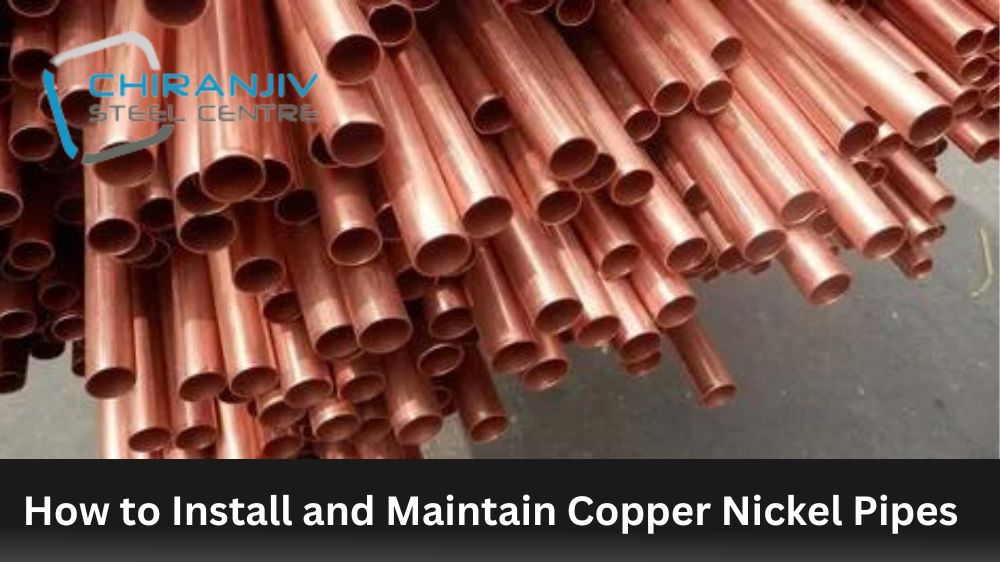How to Install and Maintain Copper Nickel Pipes
Copper nickel pipes are gaining popularity as a preferred option for numerous applications, primarily in marine and offshore environments, because of their exceptional resistance to corrosion and erosion. As a comparatively new material, there must be more clarity surrounding its proper installation and maintenance procedures. In today’s guide, we’ll examine this uncertainty and provide an in-depth overview of installing and maintaining copper nickel pipes effectively.
What is Copper Nickel Pipes?
Copper Nickel Pipes are metal piping made from copper and nickel alloys, often used in maritime and marine applications due to their superior strength and corrosion resistance. They also offer good heat exchange qualities, which make them ideal for commercial plumbing systems. Copper Nickel Pipe provides an efficient, cost-effective, long-lasting solution for many piping needs.
Installation of Copper Nickel Pipe
The installation begins with proper planning, sizing the pipe route, and estimating pipe length. The design should ensure the pipeline does not encounter bending stress while being installed. The pipes can be installed using welded, brazed, or mechanically joined methods, and it is necessary to employ skilled labour for proper joint preparation.
After preparing the joint, clean the welding/brazing area using an abrasive rotary tool and alcohol or acetone solution to remove any residual impurities. This will prevent any contamination and achieve a high-quality weld. The joint should not have any plastic deformation caused by clamping for mechanically joined pipes.
Maintenance of Copper Nickel Pipe
Maintenance of copper nickel pipes is critical to ensuring their longevity and ensuring that they maintain their exceptional performance in harsh marine environments. Regular visual inspections of pipelines for any signs of damage or corrosion, including welds, fittings, and flanges, are important. Any corrosion or damage found should be promptly repaired by cleaning the affected area, degreasing it and coating it with a copper nickel weld overlay.
Copper nickel pipes should also be periodically flushed with freshwater after exposure to seawater to prevent the buildup of salt deposits. Chemical treatments can also clean any scaling or marine deposits that may have built up in the pipes. Additionally, the system’s cathodic protection should be checked regularly to ensure adequate current levels are passing through the pipelines.
Tips for Handling Copper Nickel Pipe
Copper nickel pipe is susceptible to damage if not handled correctly. During transportation, it is crucial to properly secure the pipes and avoid dropping them to prevent scratching or denting the walls. During installation, the pipes should never be dragged or slid on hard surfaces, which may cause gouging or deformation.
When the pipes are not used, they should be stored in dry conditions with the ends capped to prevent moisture entry. The pipes should also not be stored close to acids, alkalis or other hazardous chemicals that may corrode their exterior.
Copper nickel pipes offer numerous advantages over traditional pipe materials such as steel or copper. The pipes exhibit excellent resistance to seawater corrosion and biofouling and can last up to 50 years. In addition, they have superior thermal conductivity and are highly ductile, making them easier to shape and install. Furthermore, copper nickel pipes are easy to maintain and can be repaired using welding or brazing.
Conclusion:
Copper nickel pipes will continue to gain popularity, given their numerous advantages in marine and offshore environments. Proper installation and maintenance are critical to achieving optimal performance and durability. This comprehensive guide has highlighted the necessary steps required for installation and maintenance, and we hope it will serve as a useful reference for those seeking to install and maintain copper nickel pipes effectively.
